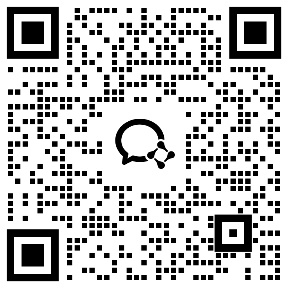1. Does he looks like his father?
2. He likes play games after class.
3. Miss Gao teachs us English.
4. She doesn't her homework on Sunday.
5. There have forty students in our class.
简析: 1. looks改为look,助动词用does已表达出该句谓语动词是第三人称单数,其后面的行为动词应用原形。
2. play改为playing, play games是动词短语,不能做动词like的宾语。动词做宾语时,应当用to do或doing形式。如:He likes swimming but I like dancing.
3. teachs改为teaches,以字母s, x, sh, ch等结尾的动词用于一般现在时第三人称单数,动词要加es;以辅音字母+y结尾的动词,先变y为i再加es, have的第三人称单数为has,这些特殊的变化规则应该牢记。
4. 句中的does是构成否定的助动词,后面还必须加上一个行为动词do。
5. have改为are,本句将There be...句型与have混淆。There be...句式中的be不能用have(has







